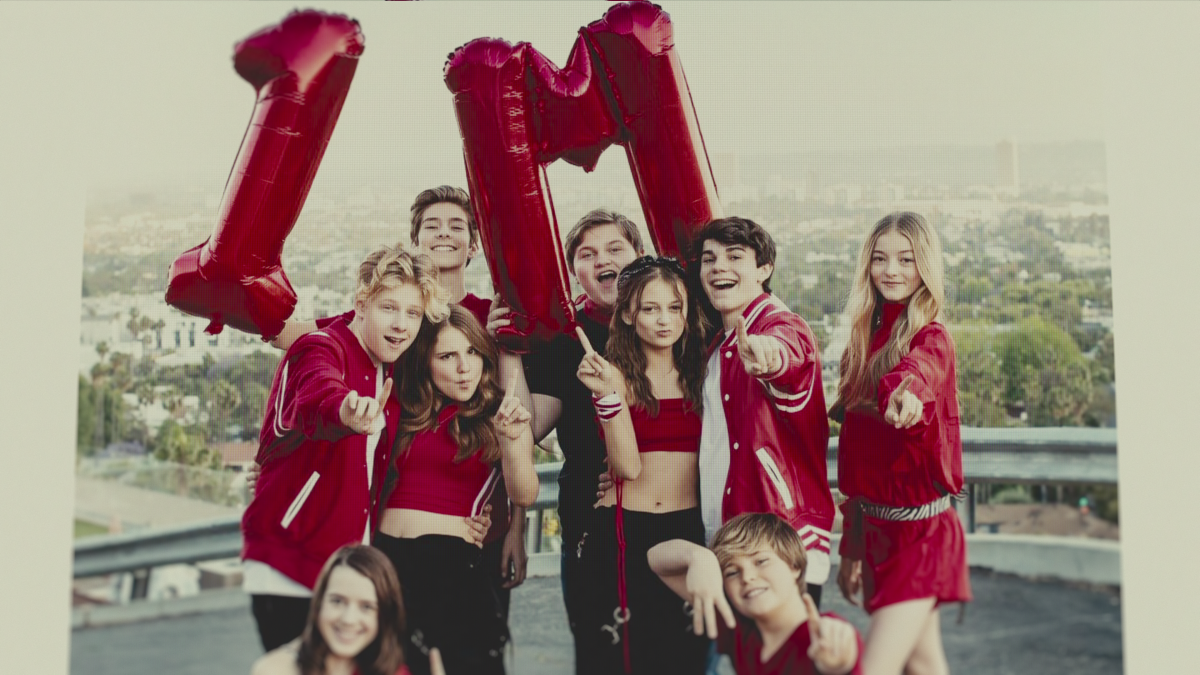
The arrival of a book adaptation to the big screen normally evokes no sense of true surprise amongst today’s entertainment community. Lovers of adapted books worldwide constantly share feelings of dread with a dash of excitement and anticipation for their beloved text to come to life; whereas, ordinary moviegoers just looking for something to pass the time steel themselves for simply another ‘unoriginal’ and dull storyline. It seems that such a risky venture could only be either a major success or a complete failure.
People who casually strolled into darkened amphitheaters to watch The Hobbit: The Desolation of Smaug quickly discovered that they are no longer in a world filled with the glamour and gaiety of the holiday season. Released in December, The Desolation of Smaug snatches viewers from their mundane lives for an epic journey across Middle-earth filled to the brim with dauntless battles and tear-jerking revelations. For a whopping two hours and forty-one minutes, die-hard fans of J.R.R. Tolkien and simple film fiends are joined together in a mutual enjoyment of a motion picture that carefully provides these two sides with a very happy medium.
Following the feats of his early 2000s adaption of the book series, The Lord of the Rings, director Peter Jackson makes himself known in the entertainment industry once more with his interpretation of Tolkien’s 1937 novel, The Hobbit, which is the prequel of LOTR. Divided into three separate films, the second installment of The Hobbit Trilogy continues with hobbit Bilbo Baggins’ (Martin Freeman) quest in aiding a group of thirteen dwarves led by Thorin Oakenshield (Richard Armitage) reclaim their kingdom, Erebor. What is standing in the way of the dwarves’ long overdue homecoming is the cunning and gold-loving dragon, Smaug (Benedict Cumberbatch), who has occupied the kingdom under the mountain for several centuries. During the mission, the company faces enemies-old and new and realizes the terrifying prospect of corruption and its fatal effects on unsuspecting victims.
Like all of Jackson’s Tolkien films, even the most vehement of critics would greatly appreciate the absolutely stunning scenery of what is the mystical land of Middle-earth. To most, rolling hillsides, lush vegetation, soaring mountains, and placid bodies of water would be considered aspects of an imaginary utopia. Although a beautiful environment seems too good to be true, on a tiny island in the southwest Pacific Ocean, this imaginary utopia becomes a reality: New Zealand is the modern world’s Middle-Earth. Just like The Lord of the Rings, the films of The Hobbit Trilogy were shot at well-known New Zealand landmarks, such Mt. Cook. In addition to the beautiful scenery, for all those tech-lovers out there, just like An Unexpected Journey, the first film of the trilogy, The Desolation of Smaug was filmed at forty-eight frames per second. With the average FPS of twenty-four, moviegoers feel as if they are actually a part of the film itself with a new heightened sense of reality.The breath-taking setting and the advanced viewing experience of The Desolation of Smaug are assets that most definitely contribute to the ‘epic’ mood of the film and win over both ardent fans and casual viewers for being visually pleasing.
Aside from its technological and visual achievements, the movie itself has an intricate storyline that effortlessly engages audience members for its almost three hour duration. Another victory for moviegoers is the constant emotional rollercoaster viewers embark on, making it near impossible to be bored. Throughout the mission to take back Erebor, Bilbo provides comedic relief in between heated battles against vicious creatures and foes. From a fight scene to playful bantering to heartfelt confessions and then back to another combat episode, The Desolation of Smaug for sure keeps its audience on its toes or rather on its eyes.
Also, an excellent film is most definitely not complete without complex and relatable characters. The franchise rewards its Tolkien fans with the actors’ and actresses’ phenomenal jobs of making their respective roles appeal and connect to the viewers. For example, the usually calm and collected dwarf leader Thorin Oakenshield briefly at times displays a hidden vulnerability within him by expressing his anxiety and eagerness of returning home. Those among the audience who are burdened with homesickness are reassured that even the strongest of people can feel the same way. Thorin, among many of other heroes in the movie show that everyone has a weakness and nobody is ever the embodiment of perfection.
As well as strong characterization, the film subtly shows the grave consequences of corruption. The Desolation of Smaug continues to follow Bilbo’s quickly growing relationship with the Ring after he steals it from its previous owner, Gollum in An Unexpected Journey. His absolute devotion to the Ring is shown a few times in the movie in his desperate endeavors to keep it in his possession during the quest. Overall, the movie’s abilities to captivate its audience and portray the characters in a more realistic way as well as its acknowledgement of the Ring are critical aspects that average viewers and fans can greatly appreciate.
As being the middle installment of the trilogy, many people in the entertainment world initially doubted that The Desolation of Smaug would exceed or even meet the standards of An Unexpected Journey. The common belief is that second-part movies do not match the high anticipation of the first film or ‘opener’, nor the momentous ‘last hurrah’ of the last film or ‘finale’. In a determined effort, the people behind the making of The Hobbit Trilogy endeavored to produce a film that will change the definition of a ‘middle installment’ for years to come. In the end, their work most certainly paid off. What more could an adherent of Tolkien or a typical audience member want when The Desolation of Smaug clearly recognizes the franchise’s two most valuable groups of viewers and delivers a motion picture both can equally cherish? With that said, The Desolation of Smaug is a Middle-ground for the portrayal of Middle-earth.
Experience epic Middle-earth from the comfort of the living room couch on DVD starting April 8.









